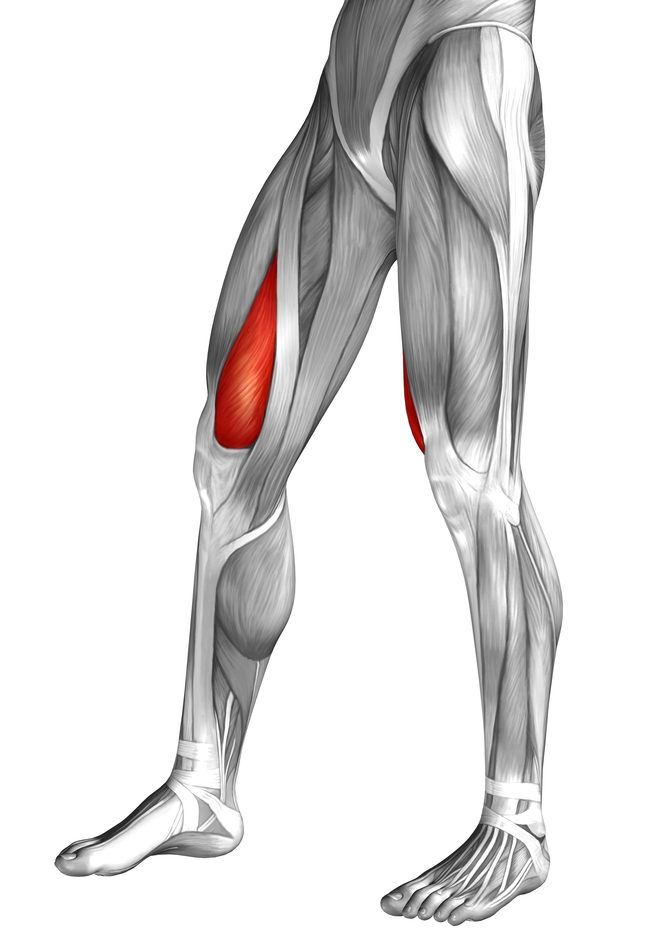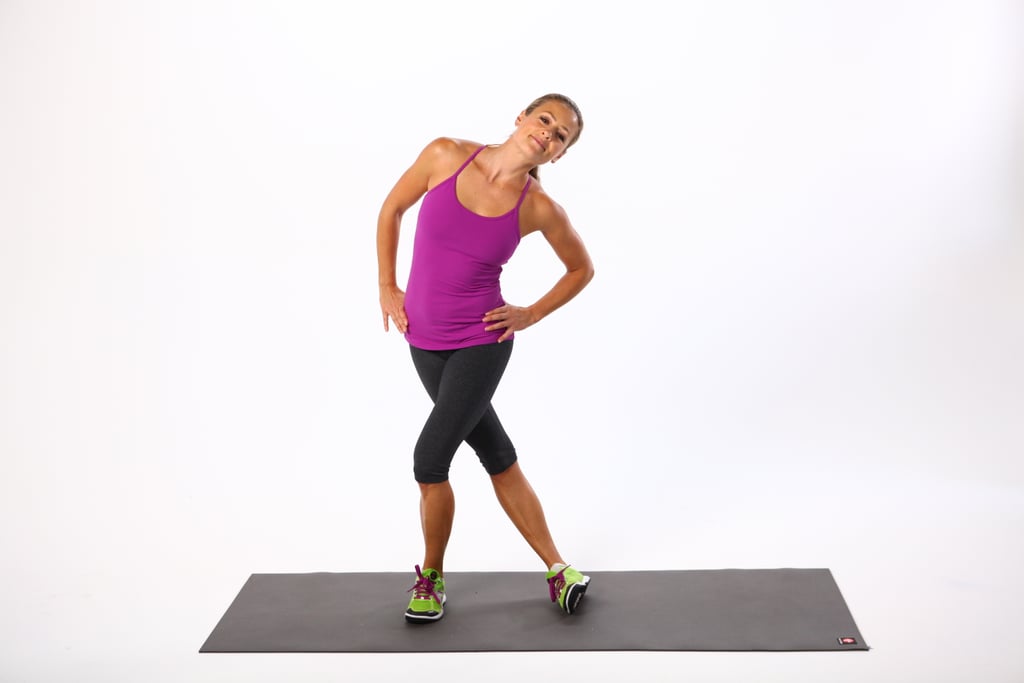How To Protect Your Knees From Injuries
NJ Knee Injury Rehabilitation And Weight Loss Expert
By Jose Fuentes/CN/CPT/MS
Years ago, I worked with a client who suffered a terrible knee injury. A former ranger and baseball player. His athletic background did not exempt him from a knee injury. Which eventually taxed his second knee after the first one collapse. He had both knees replaced after all. Nonetheless, he, looked into hiring a personal trainer, and went to many places to strength trained and lose part of the weight he gained from not being active for few years. However, in his search, he faced issues such as:
1-The studios were located at the second or third floor, of a building. Which, made it harder for his knees.
2-The trainer had not idea of how to go around exercises for knees replaced.
3-The trainer couldn’t modify work outs for him, and was more interested in building his core muscles and careless about the leg muscles, and feet !.
But to not being judgemental with other trainers with a weak background in sports injuries. I have to say that 95% of the fitness programs out there, involve knee mechanics. Plus, needless to say; that, most people injured their knees from overuse, abuse and misuse. This article will help you to understand your knees as well as how to protect them. So, imagine you are a mechanical engineer, and you just being given a commission to create a hinge. This hinge must be flexible enough to create a 150 degrees front to back, another 4 degrees side to side.And it must be able to rotate 6o degrees as well. It must be able to withstand anywhere from 100 to 2000 lbs of pressure. It must be self lubricating. This hinge must be able to stand high demands made upon it. If it undergoes great stress on one side, it must be able to strengthen the other side, in order not to break.
Your knee functions in two ways; as a joint that you stand on, that bends and twists, and as a lever that allows you to move, jump, run and kick. The power train that drives this lever begins as the quadriceps muscle in your tight, consolidates into a tendon that runs through the knee joint, and finally attaches to the shinbone. It’s called the extensor mechanism because it allows to extend your lower leg. The key to it all is the knee cap, which actually resides within the large tendon that crosses the knee. It is the kneecap that forces the tendon away from the joint, increasing the angle and thereby the efficiency of the linkage. As the tendon moves, the kneecap slides over the bone beneath.
If your knees have been injured, replaced or you are experiencing discomfort, follow these guidelines, and remember to always check with your doctor before you start any program for an injure muscle:
1- Laid off squats. Squats can be the most harmful exercise of all, particularly when the knee is bent more than 90 degrees (a right angle). At the least the squat subjects the back of your kneecap to about seven and a half times your body weight – around 1000 pounds per square inch, the deeper the squat, the more pressure.
2-Strenghten your VASTUS MEDIALIS. This is a tiny section of your quadriceps muscle called vastus medialis. It is located above and to the inside of your knee cap-yo can feel it, and its job is to counteract this tendency of the kneecap to drift to the outside by tugging at it from the opposite direction and holding it in its place. Unfortunately, the vastus medialis is the first muscle to get weak when you don’t use your thigh properly, and the last muscle to get strong, when you are coming back from an injury.
Here are some ideas to strengthen your Vastus medialis with these home based exercises:
Assisted Leg Press with yoga ball
- Lie on your back with your hips pressed into the floor and your rib cage down. Bend your hips and knees as if setting up for a Leg Press and have a partner place a Swiss ball on your feet. Your partner stands on the opposite side of the ball and provides resistance.
- Straighten your hips and knees to press the ball away from you. Your partner should provide enough resistance so that the movement is difficult but not so much that you’re grinding out reps.
- If you do not have a partner, you can elevate the stability ball on the wall; however, the tension will be different because there is no feedback from your partner holding the stability ball.
Standing Leg Extension with band
Attached band on a pole or steady device. Then the other end in to your ankle. Keep opposite leg firm and flat. Lift foot where band is attached, flex and extend leg. Perform 15 to 20 reps
Seated Leg Extension with band
Repeat as standing just on a seated position. Please, see image.
Leg presses with yoga ball
Lying on floor, put ball between your legs.
Keep ball tight and elevate feet with ball in between, while your lower back remains flat on floor.
Bend knees till you almost touch floor. Remember to keep ball tight between your feet. Then extend leg all the way up. SEE IMAGE.
3-Strenghten your Iliotibial band:
Your IT Band is a thick fibrous band of connective tissue that runs the outside of your thigh . It originates from your gluteal muscles and tensor fascia latae and connects just below your knee. Unlike runners knee, where pain is commonly felt around or below the knee cap. IT band syndrome presents as pain in the outside of your knees.
It is important that you strengthen your IT band muscles, but it also helps to maintain glute strength to avoid weakness on this muscle. Since the IT band is also connected to your glutes, try to maintain a good routine that can keep your glutes strong. Because a weak butt can decrease stability in the knee.
It is also important to stretch your IT band consistently to allow proper rotation in your knee. So, to do that, stand up and cross your injured or tight leg behind your other leg. gently pull your (tight or injured leg ) to the outside and toward the back to strengthen . You can do this exercise standing or lying on your side, and it doesnt matter if you point or flex your foot.
0




